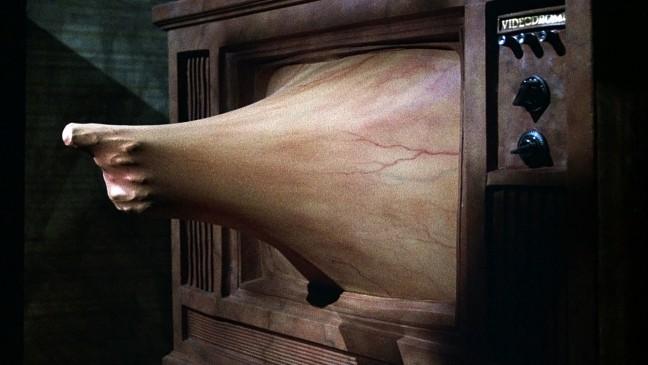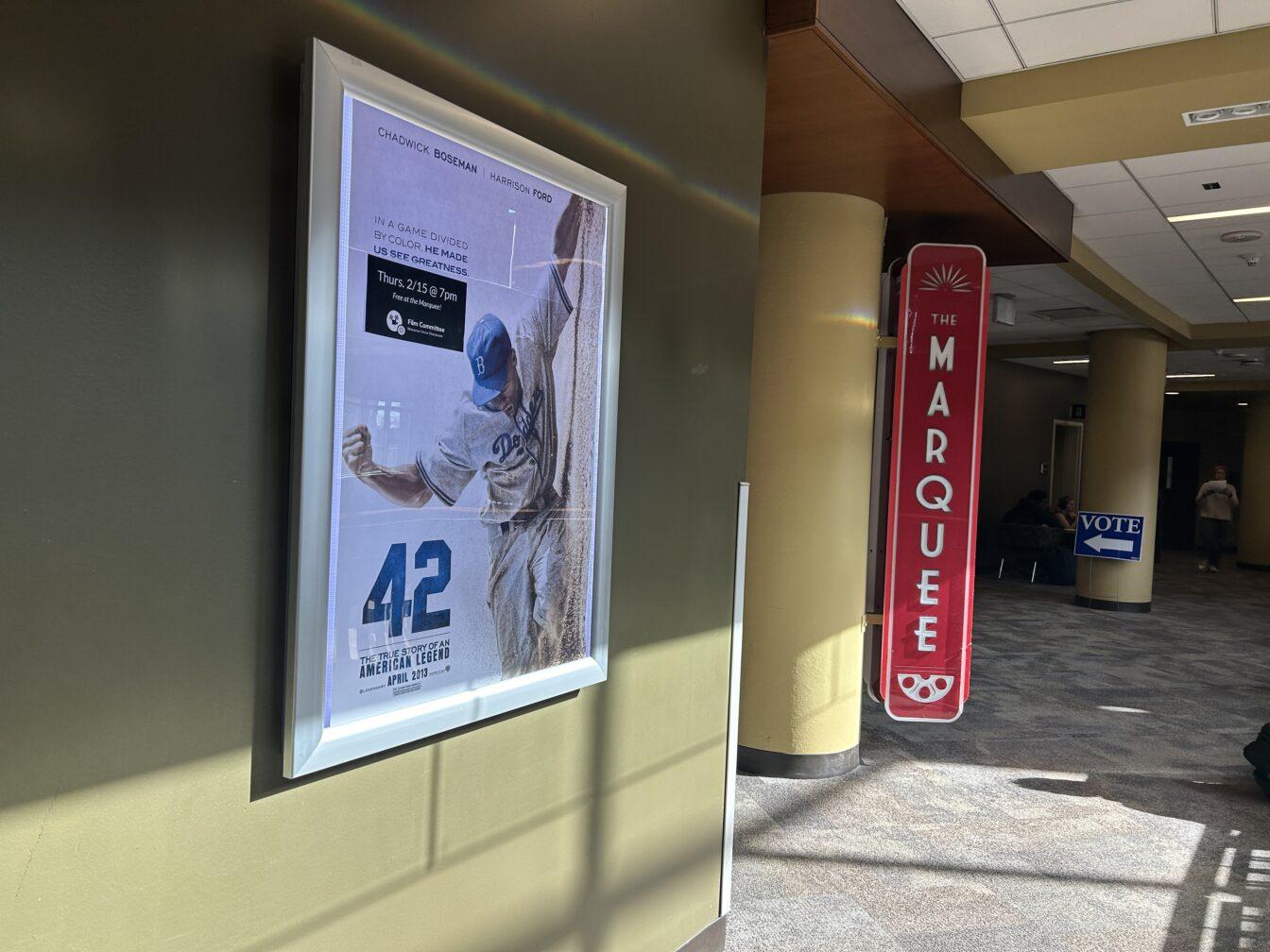In a film culture that has come to embrace the massive, easy-to-access catalog that home video or streaming provides, it’s easy to forget the humble movie theater. They are rare artistic venues created to both enhance the qualities of the medium it celebrates and bring you closer to the audience around you. Whether with your family, on a date or simply taking a break from life, there is nowhere more immersive and freeing than the theater. So this coming semester, make a night of it and embrace Madison’s completely free UW Cinematheque. Here are five must-see selections from the Cinematheque, playing this semester.
The French Connection
(William Friedkin/1971/102 minutes/35mm)
Friday, Sept. 12, at 4070 Vilas Hall
What is it? On paper “The French Connection” is a conventional cops-and-robbers (or in this case, international drug dealers) story, but in the hands of director William Friedkin, it’s anything but conventional. Friedkin’s style is both kinetic — producing maybe the most famous car chase sequence ever — and bleak, painting even the most entertaining moments of the film with shades of flop sweat and cold coffee. Never clinical, “The French Connection” offers non-stop action while remaining heartbreakingly human and ambiguous in nature.
Why the theater? The Cinematheque has luckily scored a 35mm print of the film, which means it will be projected on physical celluloid instead of through a digital projector. “The French Connection” is a film made for celluloid, capturing the desolate nooks and crannies of 1970s New York that should only be seen through the nicks and scratches inherent in the worn vibrancy of physical film.
The Ladykillers
(Alexander Mackendrick/1955/97 minutes/DCP)
Saturday, Sept. 27, at 4070 Vilas Hall
What is it? Perhaps the best of the Ealing Studios/Alec Guinness collaborations, “The Ladykillers” is a wonderfully ugly piece of high farce. A gang of thugs, led by Guinness, attempts to pull off a heist at Kings Cross Station. However, the old woman they must live with finds a way to accidentally thwart them at every turn. Like all great Ealing films, it’s at once incredibly droll and deeply, deeply silly. As the film becomes crueler and more violent to its characters, it ramps up the manic energy, turning out an undeniable classic.
Why the theater? Maybe the greatest argument for seeing film in theaters is that there is simply nothing greater than seeing a comedy with an audience. “The Ladykillers,” especially, boasts a variety of jokes and performances for all ages. If the film’s wild pacing doesn’t suck you in, an audience laughing in delight or groaning in amused disgust will.
The Trouble with Harry
(Alfred Hitchcock/1955/99 minutes/35mm)
Sunday, Oct. 19, at Chazen Museum of Art
What is it? Of Alfred Hitchcock’s many masterpieces, one often forgets the very good, very odd “The Trouble with Harry.” In a rare straight comedy, Hitchcock attempts to fuse the light warmth of American romantic comedies with his own brooding sensibility. In it, a dead body is found in a small Vermont town, and its denizens must attempt to figure out who it was and, more importantly, how to get rid of it, all while sorting out the town’s many romantic entanglements.
Why the theater? The film has many charms including a totally unique sense of humor and an early supporting turn by Shirley MacLaine. However, best of all is how Hitchcock presents his highly idealized version of New England in the fall. In the lushness of the film’s falling leaves, endless mountains and setting suns, “The Trouble with Harry” comes as close to capturing the essence of a season as film can, and it’s best appreciated in the all-consuming venue of a theater.
https://www.youtube.com/watch?v=F3eWgbVvqNY
Videodrome
(David Cronenberg/1983/90 minutes/35mm)
Thursday, Oct. 23, at Chazen Museum of Art
What is it? “Videodrome” gives us a singularly prescient depiction of humanity’s relationship with the media, as well as one of the most effective uses of body horror in film. After Max Renn (James Woods) finds an unmarked television transmission called Videodrome, he begins to experience deeply strange visions, involving physical objects around him and, even scarier, his own body. “Videodrome” may be Cronenberg’s defining moment, transcending any narrative constraints and allowing the viewers to experience a deeply visceral and highly physical descent into madness. Long live the new flesh!
Why the theater? “Videodrome” is interested in how we interact with different forms of media, be it television, home media or even a movie camera. Seen in a theater, an extra layer is thus added to the experience, making you question the space we allow media to place between us and reality. “Videodrome” is a crazy person’s movie, and the best way to enjoy the film’s gonzo imagery is experiencing it with an audience of equally shocked and delighted patrons. In a theater you’re left trading silent expressions with strangers that translate to, “did you just see what I just saw?”
Meet Me in St. Louis
(Vincente Minnelli/1946/113 minutes/35mm)
Friday, Dec. 12, at 4070 Vilas Hall
What is it? Not only one of the great movie musicals but one of the great movies period, “Meet Me in St. Louis” is the story of the shifting and strengthening ties of a St. Louis family at the turn of the century. Told through vignettes and framed by the changing seasons, it’s a film that captures a whole adolescence worth of emotion into a satisfying whole. Even the hardest cynic won’t be able to hold back tears as the Smith family’s world is torn apart by circumstance then stitched, beautifully, back together.
Why should you see in a theater? Previously a Marshall Field’s window dresser, director Vincente Minnelli has an unsurpassed sense of time and place in every prop and costume, finding a beautiful middle ground between rich storybook imagery and grounded period detail. Matched with Minnelli’s immaculate screen staging, the big screen is the only possible way to admire and be immersed in these features.
https://www.youtube.com/watch?v=hSKvNcC6eo8
You can learn about more series and screenings, including more films by these same directors and actors, at the Cinematheque’s website.














